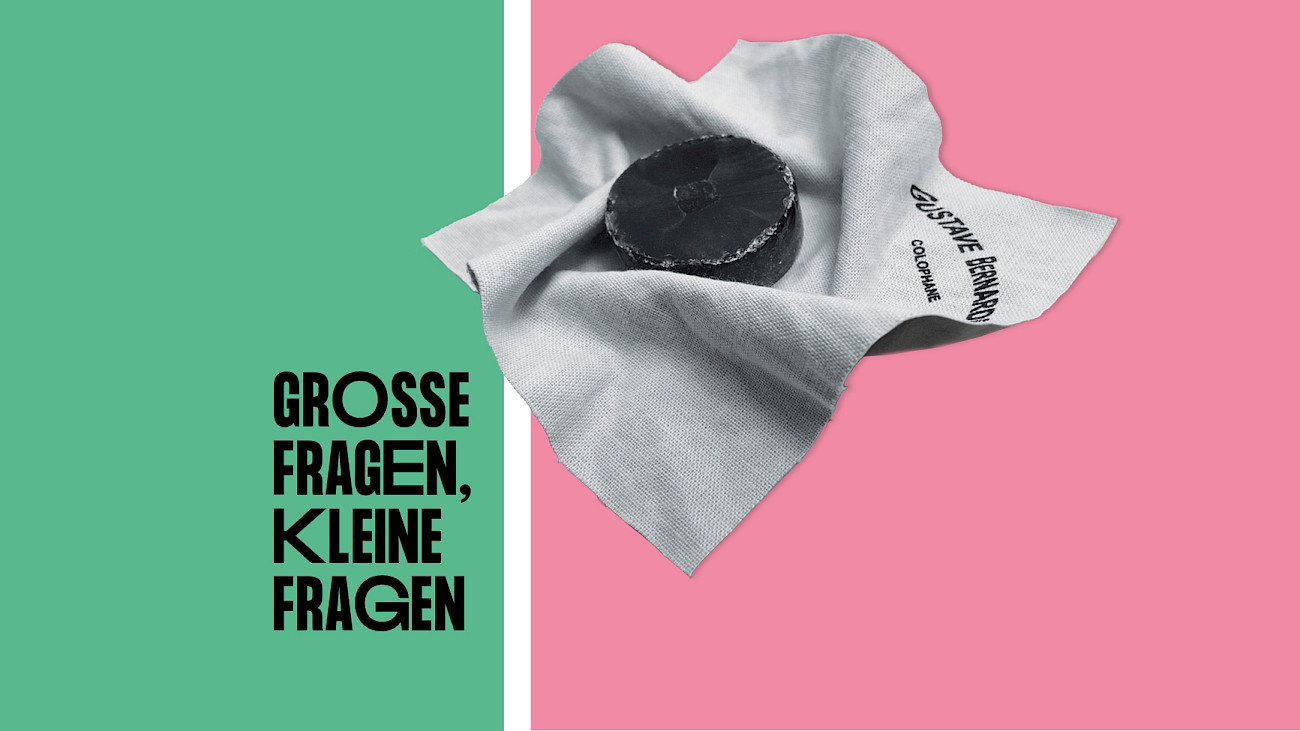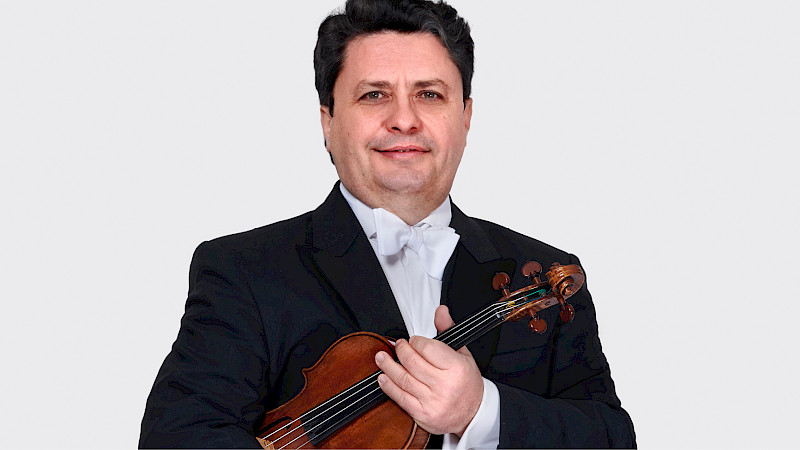
What actually is rosin?
Anyone who plays a string instrument always has a piece of resin extract with them.
The best violin, an appropriate bow and all the musical qualities are of no use if an inconspicuous piece of resin extract is missing: rosin. It ensures that the scales of the smooth ponytail hairs with which the bow is strung stand up. This is what creates the friction that produces the sound when the strings are bowed. Without rosin, you wouldn't get much more than a squeak.
No wonder rosin manufacturers try to market the material as luxurious. The most expensive pieces cost up to 100 francs and are stylishly packaged in a leather pouch, an environmentally friendly cork cover or a real wooden box in the shape of a violin. And the vocabulary used to extol their virtues is reminiscent of the poetic excesses on wine labels: rosin can be rich or harmonious, soft and warm, radiantly clear. Here an original recipe is praised, there a seductively inspiring tone is promised, and on the packaging labels such as "Solo", "Deluxe" or "Paganini" refer to top-class products.
Whether all of these premium products are actually better than those available for 15 francs or even less in a cardboard box: Opinions differ on this. What is certain, however, is that the right dosage counts. Too little rosin makes the sound thin and brittle, too much makes it scratchy and rough.
Anyone who thinks that the "phon" in rosin has something to do with the sound is still wrong. The name refers to the long-lost Ionian city of Colophon, which today would be located in the Turkish province of Izmir and owed its wealth to the resin product extracted from the coniferous trees, among other things. The invention of the violin was still around two millennia away at the time, and rosin was useful in completely different contexts. It is still useful today: in one form or another, it provides better grip for handballs and ballet shoes, is used as an ingredient in glues and varnishes and is used in the depilation of pigs and in Brazilian waxing. It also plays a role in the manufacture of pyrotechnics.
It is obtained in a simple chemical process: the tree resin is split into two components by steam distillation - volatile turpentine oil on the one hand and the non-volatile rosin residue on the other. This residue can be yellowish, reddish, brownish or completely dark, it splinters when it hits hard and dusts when a bow passes over it. Sometimes metal is added to it, not just any metal of course, but for example meteoric iron, which is supposed to make the sound more brilliant and powerful. Gold, silver or copper are also used, and some manufacturers experiment with particles of rock crystal or aquamarine.
At this point, however, it is worth remembering that the beginning of this article also applies in reverse: even the finest piece of rosin is of no use if a good violin, a suitable bow and the musical qualities are missing.
We use deepL.com for our translations into English.





